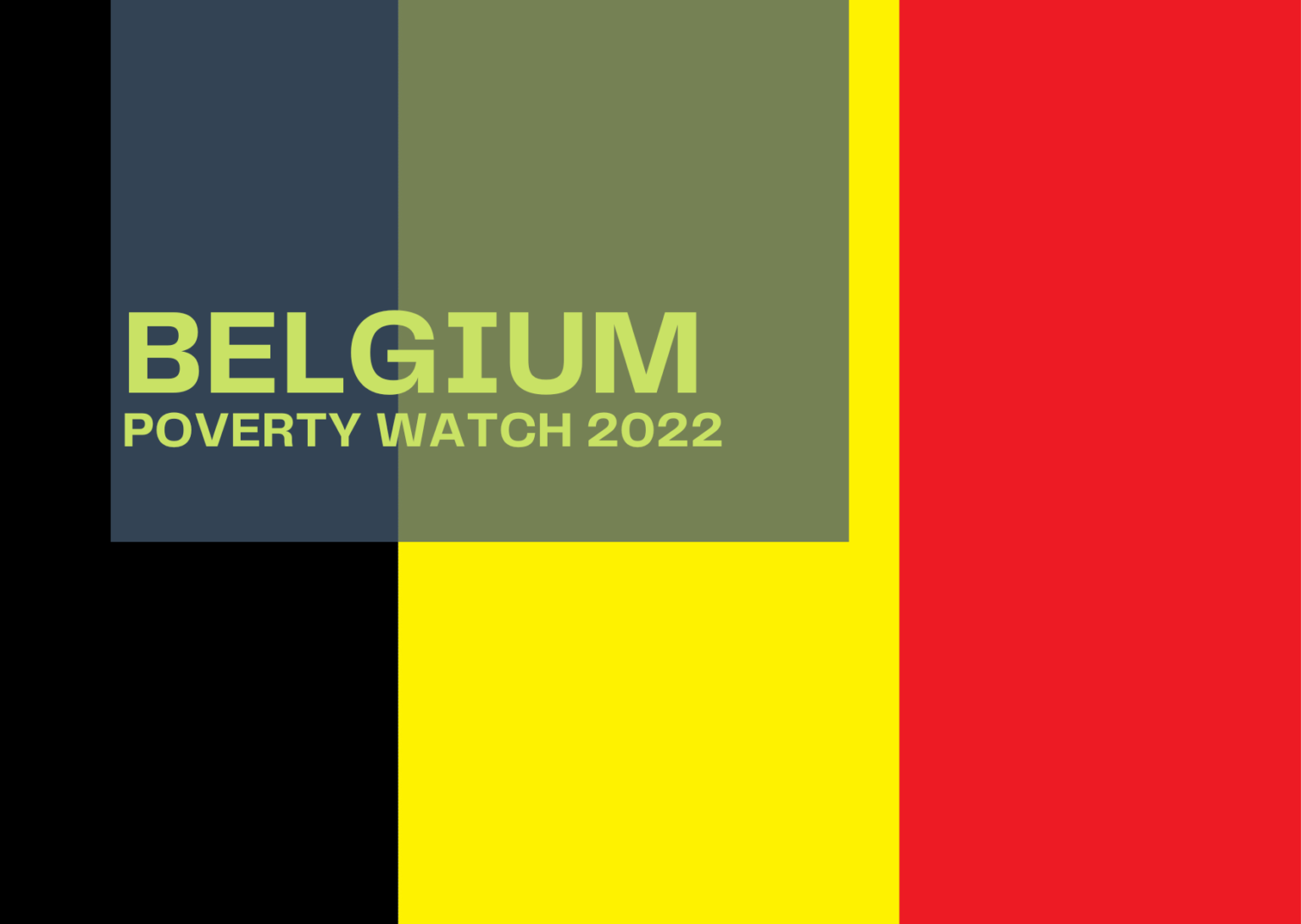2022
This year, people experiencing poverty put forward two key priorities that need to be addressed urgently:
- Raise minimum income schemes above the European poverty threshold as soon as possible
- Make energy and housing costs affordable for people in poverty and the lower middle class, in both the short and long term
2021
Three indicators, which are validated at EU level, are generally used to measure poverty: at-risk-of-poverty on the basis of income (AROP), severe material deprivation (SMD) and very low work intensity households (LWI).
The AROP (At Risk Of Poverty) indicator considers people (monetary) poor when they have an income less than 60% of the median income. In 2020, 14.1% of the Belgian population was considered to be at risk of income poverty (AROP) and using the risk of poverty or social exclusion (AROPE), it affected 18.9% of the population. This means that people face at least one of the three situations above. However, these calculations are made without the influence of the Covid-19 crisis.
Poverty Watch Main Findings
Most Affected Groups
Children
Families with migrant background
People living in densely populated areas
Low-skilled people
Unemployed people
Tenants
Single-parent households
Women
Main Priorities
- It is imperative that policy makers at all political levels recognise the problem of poverty and inequality and make it an absolute top priority.
- Fairer taxation, where the strongest shoulders bear the heaviest burden.
- Raise minimum incomes above the European poverty threshold.
- The employment market must become more inclusive and more investment is needed in people far from the labour market.
- Access to adequate income and social services must be foreseen for children and their families that live in poverty.
- There is an urgent need to increase the share of social housing so that the right to decent housing can be guaranteed.
- Within the frame of the Green Deal, Belgium needs to reduce its carbon emissions massively by 2030. It will only achieve this by prioritising as well social and climate justice. Structural and collective solutions are therefore needed.
- In drawing up and implementing the socio-economic relance and structural policies to combat poverty and social exclusion, it is important to involve the populations concerned 13
and ensure that their voice is heard in the debates and decision-making processes that concern them, by allowing them, or those who represent them, to participate actively in it.
2020
In 2018, 16.4% of the Belgian population lived in monetary poverty. The poverty risk has reached its highest level since systematic monitoring began. A social crisis was going on in Belgium even before the crisis. The government does not protect the most vulnerable in its approach.
Poverty Watch Main Findings
Most affected groups
Children & young people
Single parents
People with a disability
People with lower education level & no paid job
People born outside EU
Main priorities
- Ensuring the social protection of the population and strengthening its social security system through fairer taxation
- Inclusion of people far from the labour market
- Inadequate social housing an homelessness
- Reducing child poverty
- Shelter and integration for people with a migration background
- Raise minimum incomes above the European poverty threshold
- Access to basic services for all
Contact details
Tel: 02/265 01 53
Fax: 02/265 01 55
E-mail: info (@) bapn.be
Website: http://www.bapn.be/

